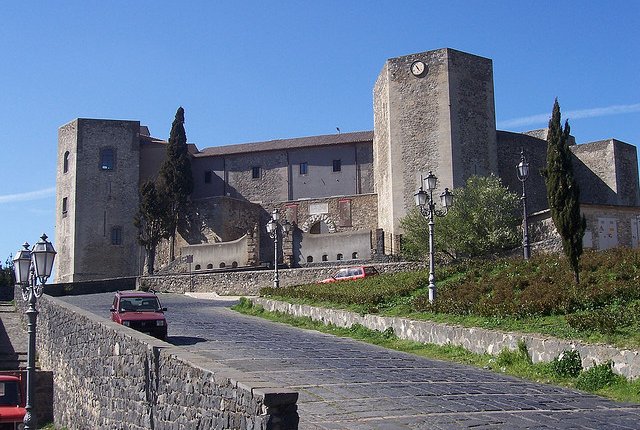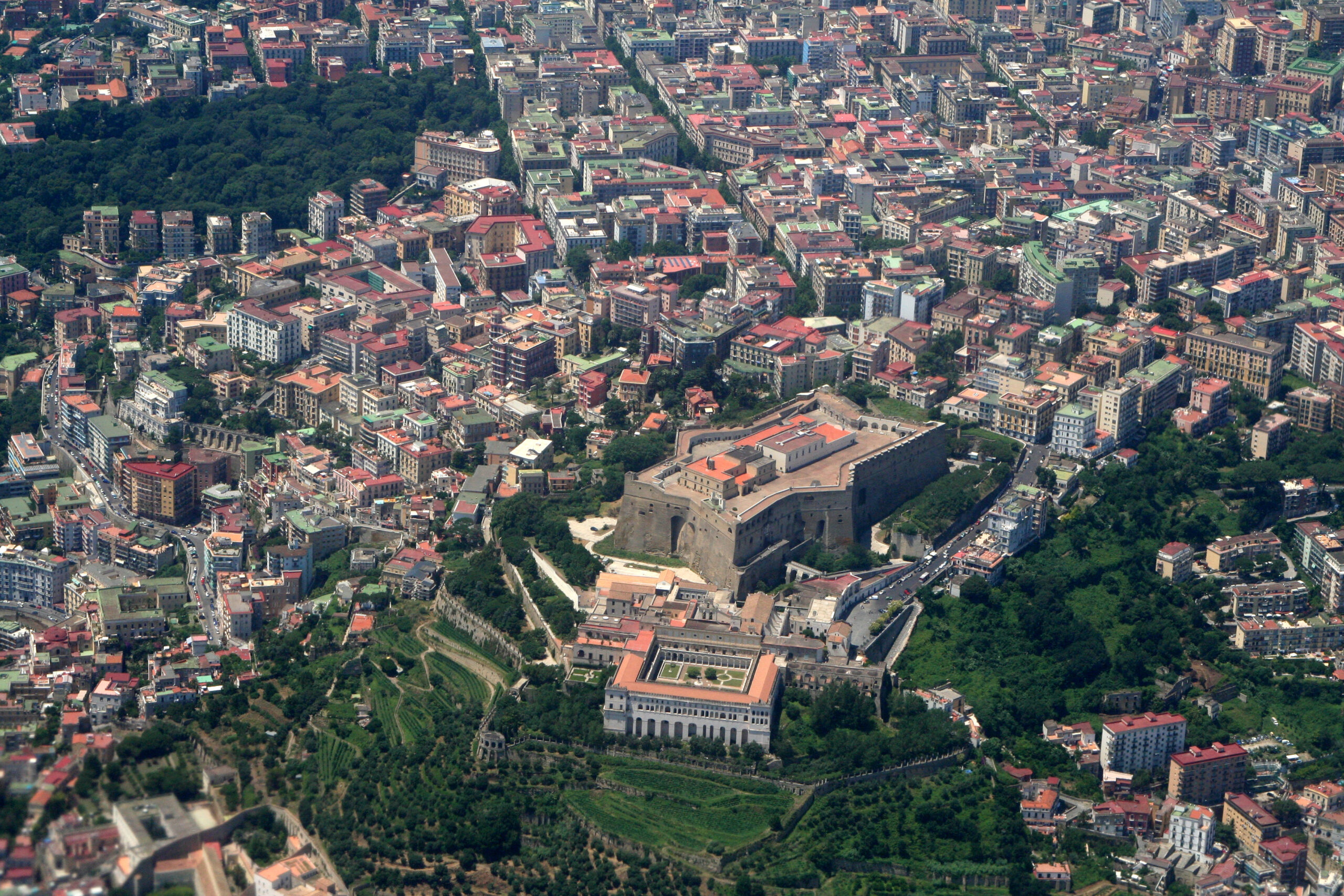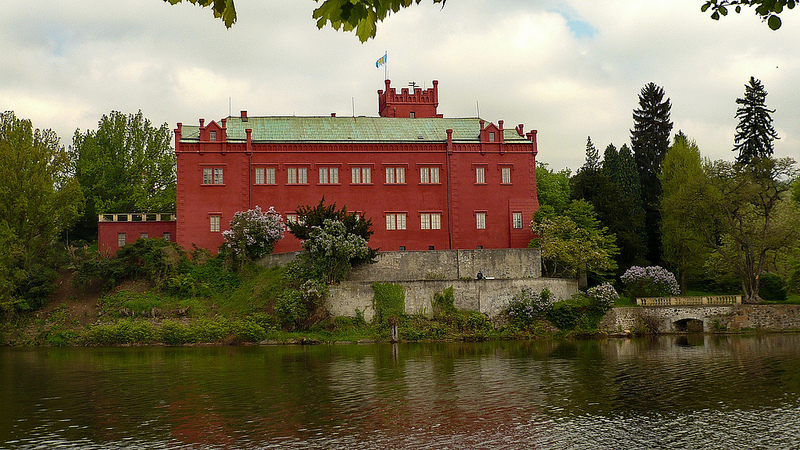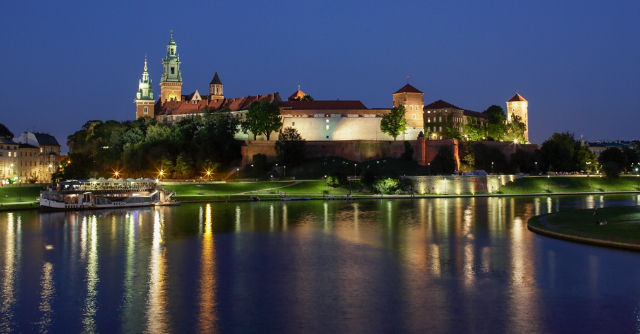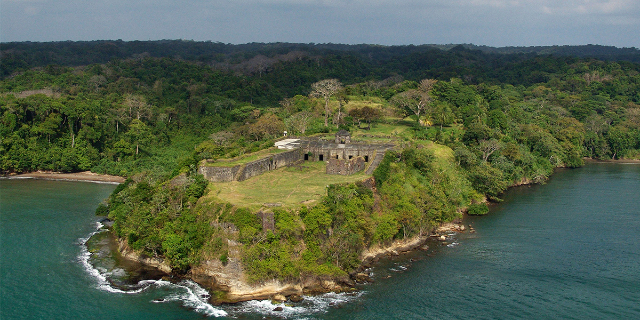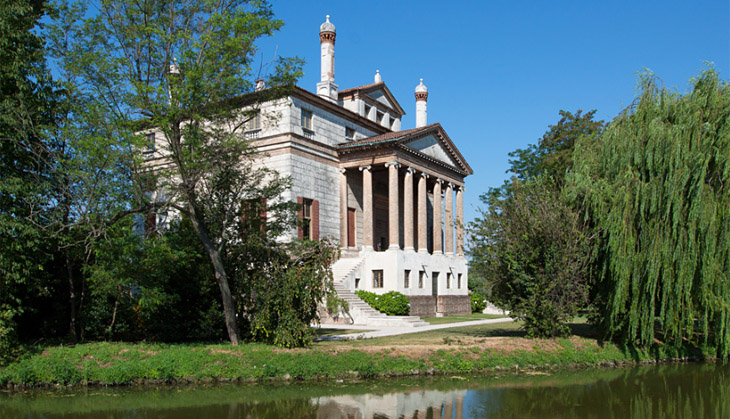The Castle of Melfi has a long history: built by the Normans, it was restored and enlarged by the Swabians and then by the Angevins. Among the rooms of the famous castle, destination of many visitors, Frederick II promulgated the Constitutiones Augustales of the Kingdom of Sicily. The imposing silhouette of the Swabian Norman castle is the symbol of Melfi and its history is linked to the prominent figures who have followed one another over the centuries in the city on the slopes of Mount Vulture.
Wanted by Robert Guiscard, enlarged by Frederick II, equipped with new towers by Charles I of Anjou, remodeled by the Caracciolo and the Doria, to see it, the castle of Melfi seems almost to emerge on top of a hill and you can not help but share the opinion of those who consider it the most famous castle in Basilicata and one of the largest in southern Italy.
Immediately you can see the ten towers, seven rectangular and three pentagonal, of the four entrances, three are Angevin, and through one of them, open of Doria, you access the village through a bridge, once a drawbridge. Once past the main door, you enter the beautiful main courtyard, overlooked by the baronial palace and the noble chapel.
The ground floor of the castle houses the National Archaeological Museum of Melfi, where the important archaeological documentation found in the area is kept, while in the Clock Tower you can appreciate the splendid Roman Sarcophagus, found in 1856, also known as the "Rapolla Sarcophagus", because it was once kept in the square of the town of Vulture.
Certainly belonged to a personage of high rank, is a refined product of the second half of the second century from Asia Minor. The lid depicts the deceased lying down.
